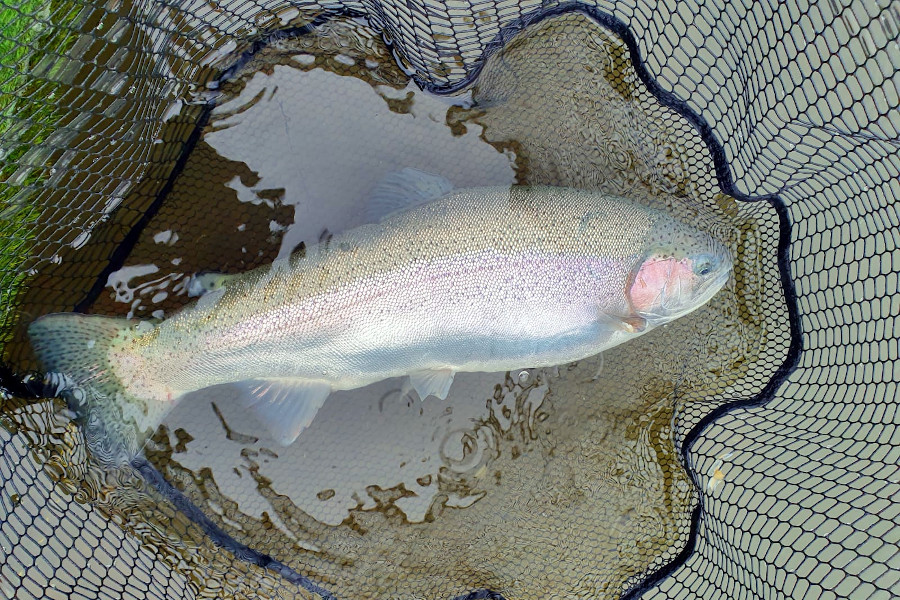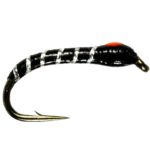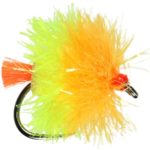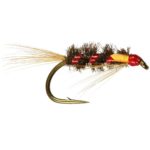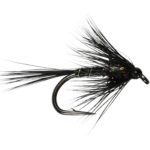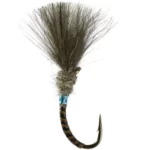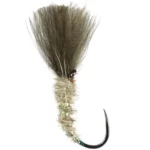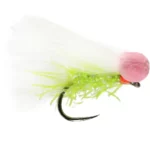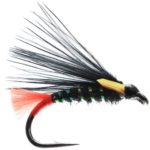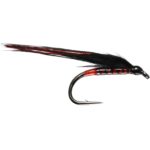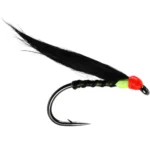The start of the trout season is upon us! After what seemed to be a never-ending Winter. The 15th March will see the doors open to a new and exciting trout fishing year. With air and water temperatures rising. Spring is certainly on its way! Waterways around the UK are starting to fill with life once again and that only means one thing. Trout will start to become more active.
In this article, we will be providing you with the best rainbow trout flies to use at the start of the season and how to fish them.
Washing Line Method
As we mentioned earlier, water temperatures are starting to rise which means the first Spring hatches will be just around the corner. So taking advantage of these early season hatches is crucial.
These early-season hatches predominantly consist of buzzer hatches, their presence becoming more abundant throughout the Spring. So opting for a method that allows you to present a slow or static buzzer imitation is a good starting point.
The washing line method allows you to target these highly active areas accurately by targeting the upper layers of the water effectively – depending on your leader length and fly choice.
Experiment with your team of flies. Testing imitative patterns against lure patterns will allow you to quickly decipher what is working and what is not.
Recommended Flies
- D.D. Buzzer
- Orange Spot Epoxy Buzzer
- FAB METEOR – BARBLESS
- DIAWL BACH JC NYMPH
- BLACK QUILL CRUNCHER UNWEIGHTED NYMPH
How To Fish Them
As we previously mentioned, you want to fish and target the upper layers of the water column. To do this effectively, fish with a sink tip or a midge tip fly line. A sink tip or midge fly line is a floating fly line that integrates sinking properties in the last couple of feet of the fly line.
This will allow you to present flies such as buzzers a couple of feet below the surface, providing you with a more natural presentation.
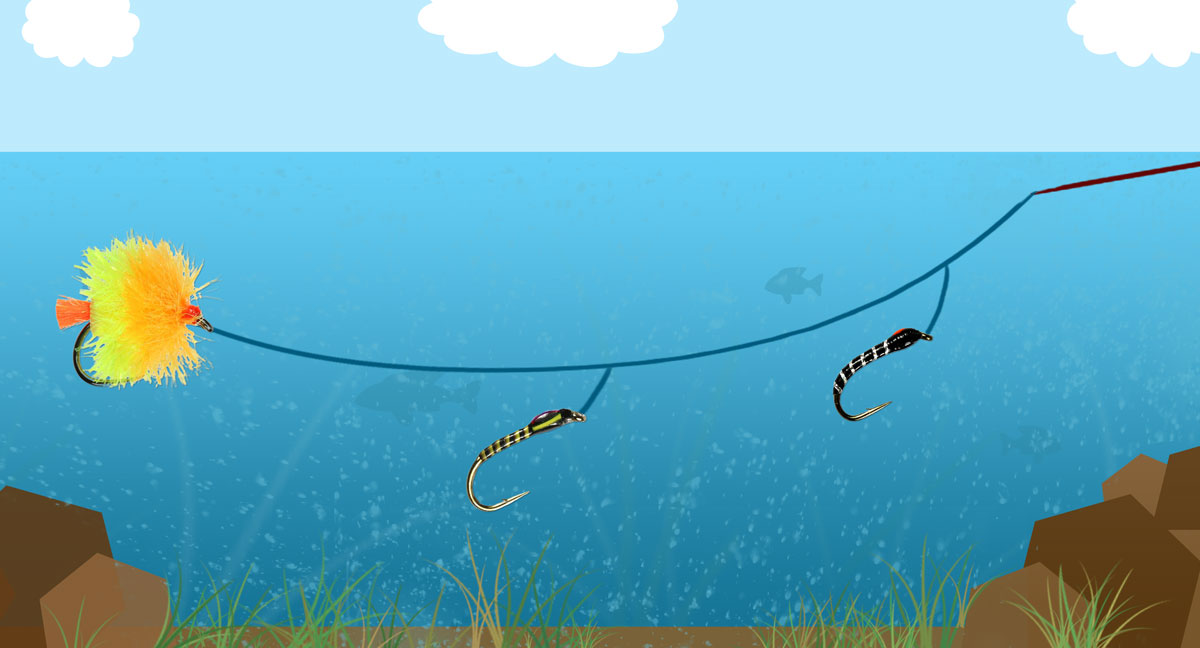
With the washing line method, try fishing two natural patterns as your droppers and one contrasting bright fly as your point fly such as a FAB or Booby. The brightly coloured point fly acts as a visual attractor. One of two things will occur fishing this way, the visual attracting point fly will either account for the majority of the takes or will be the visual magnet to tempt a trout to take a more natural-looking fly.
The Hatch
If you are lucky enough to be in the middle of one of the very limited hatches that occur early in the season. You can take full advantage of that by swapping out the FAB or Booby on the point of your cast for a small dry fly during a hatch or when surface feeding is evident.
You will have to act quickly though as these hatches are often sporadic and short-lived at this time of year.
- Blue Quill Shuttle
- Hare’s Ear Shuttle
The Shuttle CDC’s imitate emerging buzzers as they break out through the surface film to hatch. These patterns allow you to present a fly with a more natural approach and can often account for a couple of extra fish in a session.
TOP TIP: Ensure you swap out the sink/midge tip fly line for a full floating line otherwise your Shuttle CDC will end up sinking.
Searching Method
If you’re struggling to locate early season trout. Opt for a searching method. Covering water efficiently is the name of the game. The method below allows you to cover a great range of depths and experiment with retrieval speeds while allowing you to present both attractive and imitative fly patterns.
Recommended Flies
- Woofter Booby
- SANDYS BURNER JC
- RED QUILL CORMORANT
- Harray Cormorant
Search & Destroy
As you can see from the above fly choices, we have one attractor fly on the point, in this case, the classic Candyman booby and then you have the option of 2 cormorant variants on your droppers.
Just like the ‘Washing Line Method’ opting for a colourful point fly and two more imitative patterns on the droppers will allow you to increase your chances by providing a broader meal selection.
We recommend using a fast intermediate line with this team of flies. The fast intermediate allows you to cover a range of depths quickly and efficiently. The depth can be altered by counting down your flies and experimenting with various retrieves. A slow figure of eight is ideal for covering deeper water and targeting lethargic fish. While pulling the flies, allows you to work the flies quicker and shallower.

Implementing ‘lure style’ cormorants work well with a pulling retrieve. These lure style patterns are suited to this retrieve as it helps impart more movement in the wings of the fly.
As well as the ‘lure style’ cormorant, Opt for a micro cormorant pattern on your other dropper. The shorter winged cormorant is an effective pattern to engage buzzer feeding trout. By using both lure style and smaller imitative cormorants on the same cast. You can increase your chances of locating fish and finding what they are wanting on that particular day.
Once you start catching fish you will start to see a trend forming. Either a certain style of fly or retrieve will be the trigger that produces the goods.
If a certain fly is producing then it’s worth taking advantage of the feeding spell by changing your dropper flies to the same pattern to further increase your chances.
Conclusion
After reading this article you will be equipped with two methods that will allow you to target the upper layers of the water effectively during those early season hatches as well as a method that will allow you to target water efficiently and effectively.


